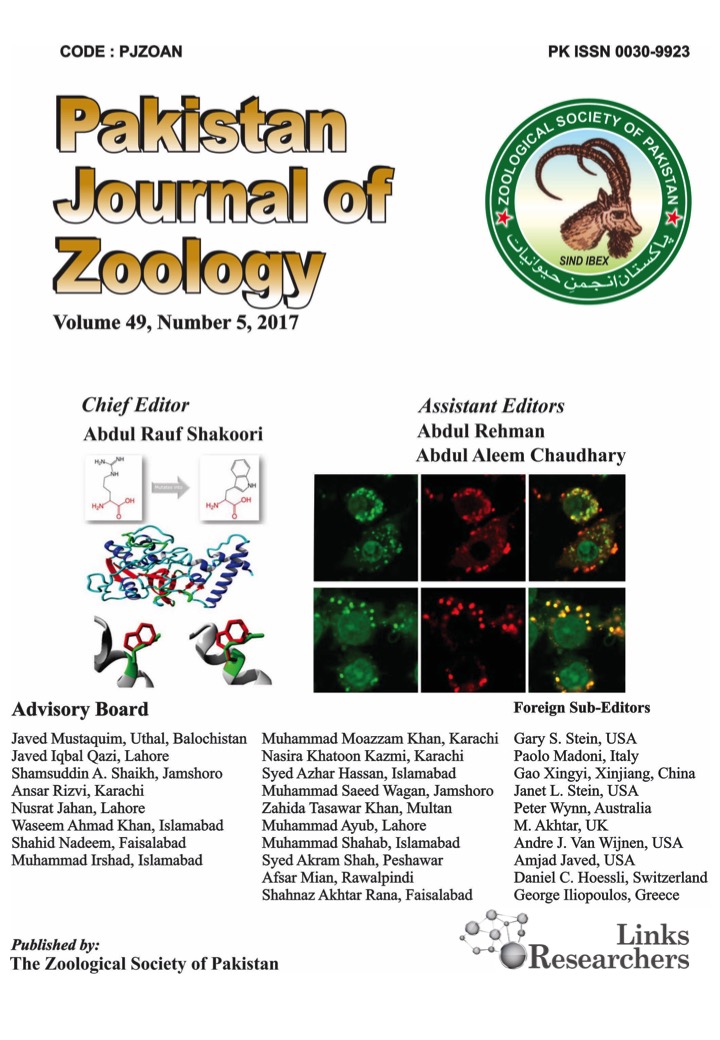Feed is the main factor that is considered in optimizing production in order to develop an efficient livestock productivity. This study was conducted to examine the carrying capacity for buffalo based on grass production in West Sulawesi. The data collection method in this study used primary and secondary data. Primary data was carried out by field observations, direct measurements and interviewing respondents. Secondary data was obtained from information from Central Bureau of Statistics. The forage samples were taken from several regencies in West Sulawesi province. Feed samples were analysed proximately to determine nutrient levels in the feed. Land forage production was calculated by multiplying feed nutrients by the area of grazing land in West Sulawesi. Carrying capacity was calculated by dividing forage production in West Sulawesi by ruminant requirements of grass. The study showed that grass in West Sulawesi contained an average of 87.3% Dry Matter (DM), 8.8% Crude Protein (CP) and 60.2% Total Digestible Nutrients (TDN). Total ruminant in West Sulawesi was 144,766.6 AU (1 AU equivalent to an adult buffalo or cattle) with DM requirement was 1,954,349.9 kgDM. The grass production in West Sulawesi was 7,017,943,851.4 kgDM/year. Carrying capacity in this study was 1,588,867.97 AU. Therefore, the number of buffalo that can still potential to be developed or added in this province were 1,444,101.3 AU of buffalo. In conclusion, West Sulawesi Province has great potential to develop buffalo farming. The biggest area that could still be developed to graze buffaloes was Pasangkayu Regency, with a carrying capacity of 342,368.5 AU. In addition, efforts by the government and farmers are also needed to improve quality grass in order to increase buffalo productivity.
Keywords | Carrying capacity, Buffalo, Grass, Production






